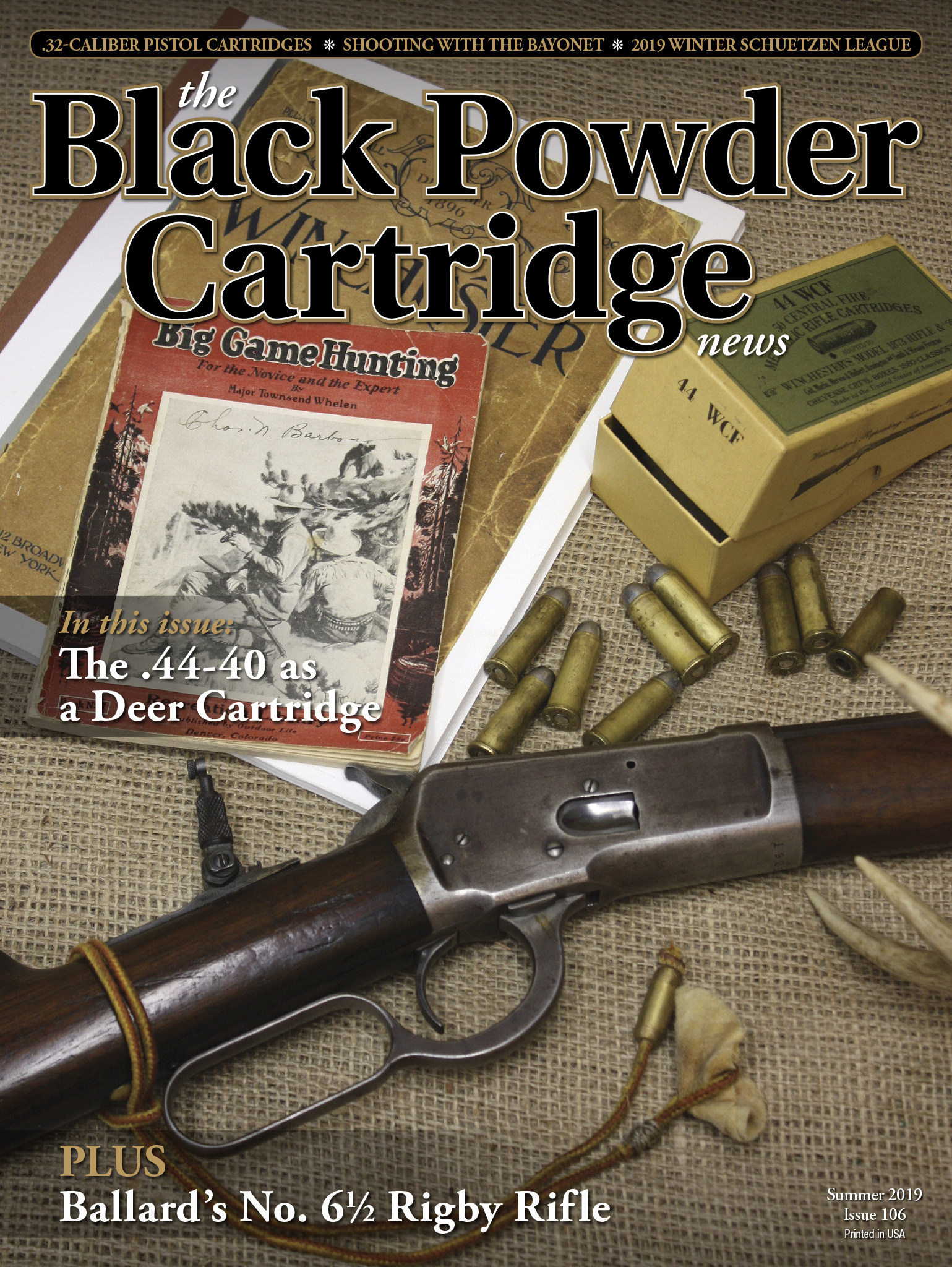Shooting with the Bayonet
One of Those "What If" Moments
feature By: Steve Bookout | May, 19
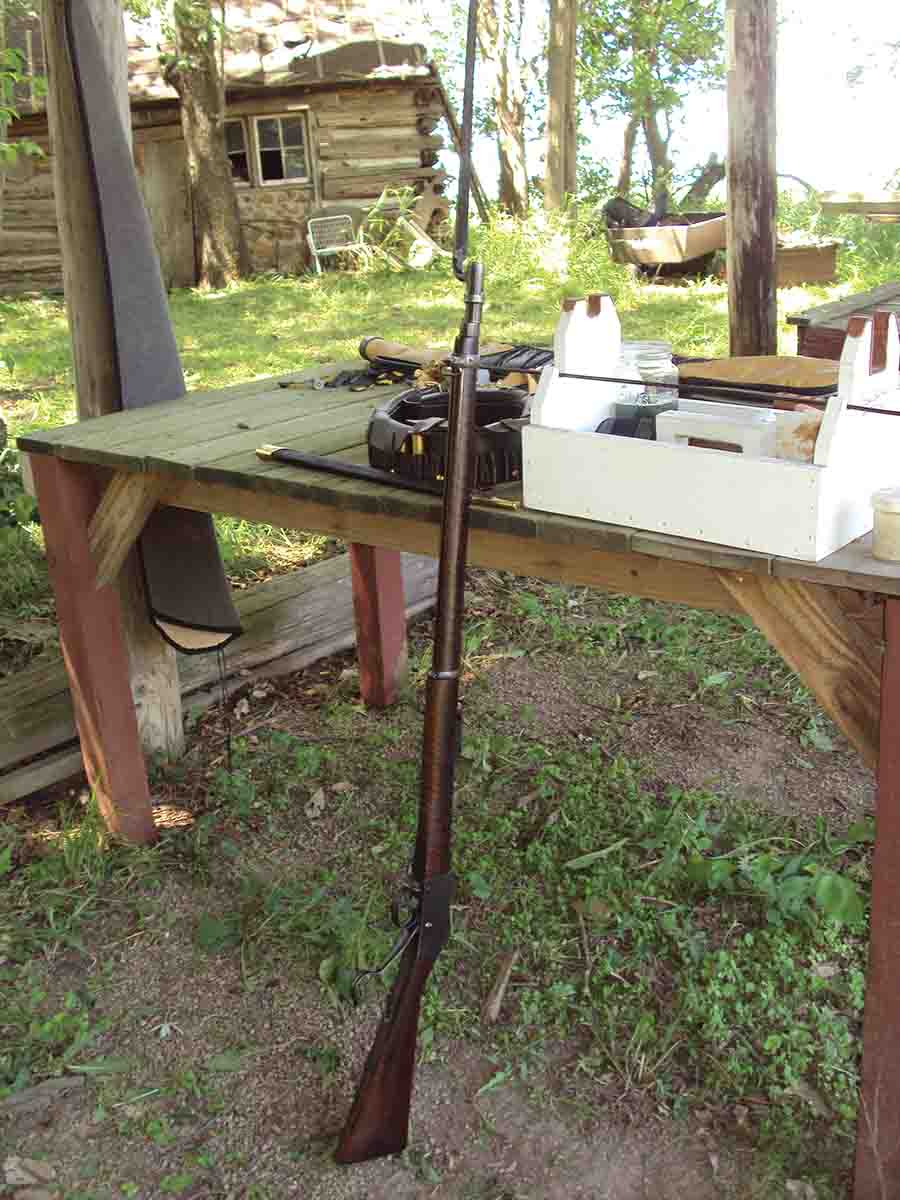
Recently, the youngest son presented me with a Mosin-Nagant Model 91/30 rifle, more commonly known to Russians as a “three-liner” made in 1943. This old rifle was far from pristine condition and had obviously seen heavy usage during the Great Patriotic War. Its lands and grooves had eroded quite a bit, no doubt from the steady diet of corrosive ammunition it was fed. At some point, the Soviets counter-bored the muzzle to restore some of its former accuracy.
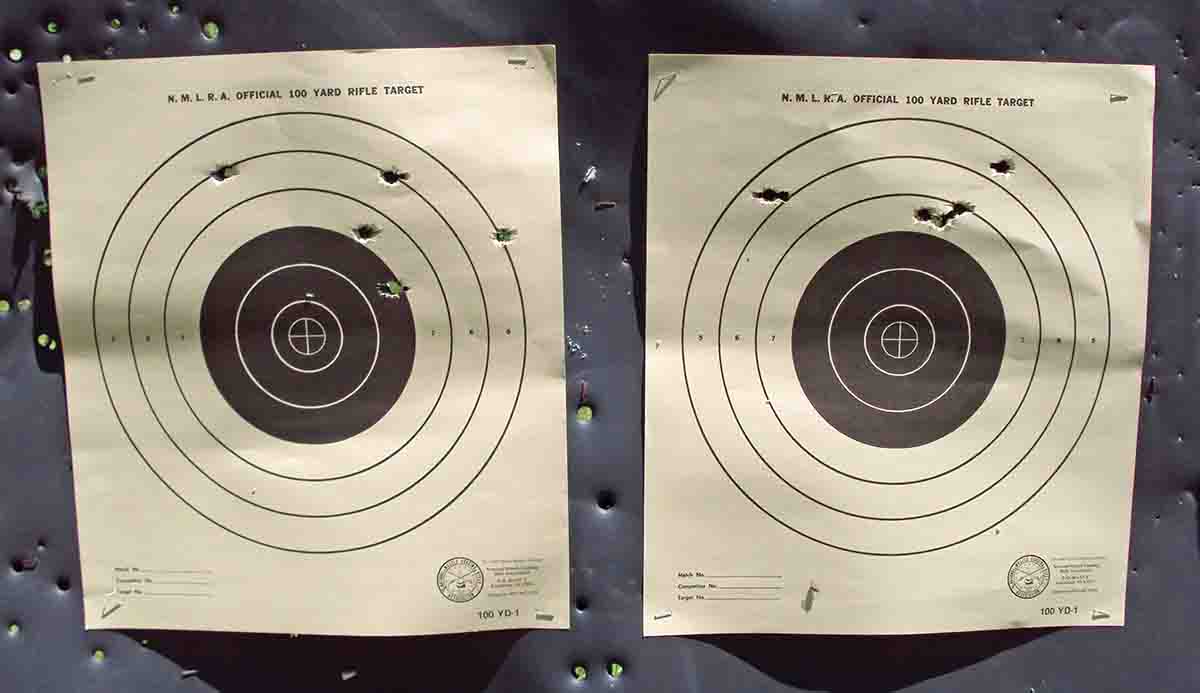
I have fired the rifle a few times and found it was actually a fun plinking rifle. Becoming rather fond of it, I started research to broaden my knowledge about the old girl; various articles, books and short films on the Internet were consumed. One interesting factoid was that each three-liner was initially sighted-in with its own
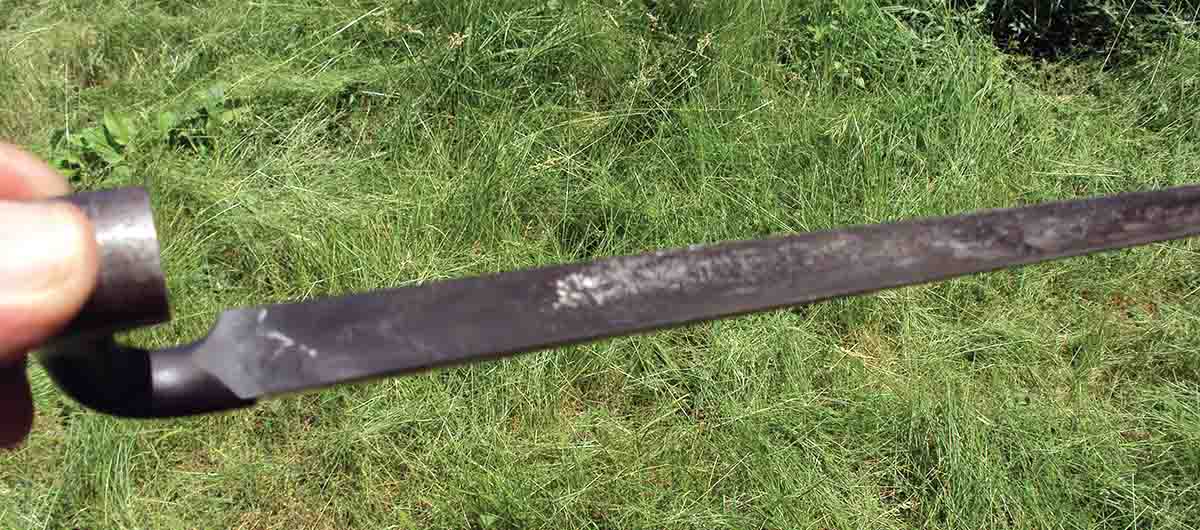
Thinking over this situation one evening, one of those pesky “what if” questions popped into my head, What if the bayonet was mounted on my Nepali Martini-Henry Mk II and then fired? Would it perform the same as the Mosin? Intrigued, a decision was made then and there to do this very thing on the next trip to the range.
Some .577-450 Martini cartridges were assembled especially for this experiment. The turned brass cases – gifted to me by that cantankerous Rocky Mountain horse trader Steve Garbe – were filled with 85 grains of GOEX FFg, no filler to take up empty space as per Greener, and then topped off with SPG-lubed Royal Danish Army projectiles for the M1867/96 Rolling Block rifle.
After I was released from Uncle Sam’s Body and Fender shop, it was good to get out to the range. The temperature was 80 degrees Fahrenheit, wind was out of the northwest at 8 knots gusting to 12, and the sun was to our back. Two standard 100-yard targets were hung out at 100 yards and five rounds fired offhand at each.
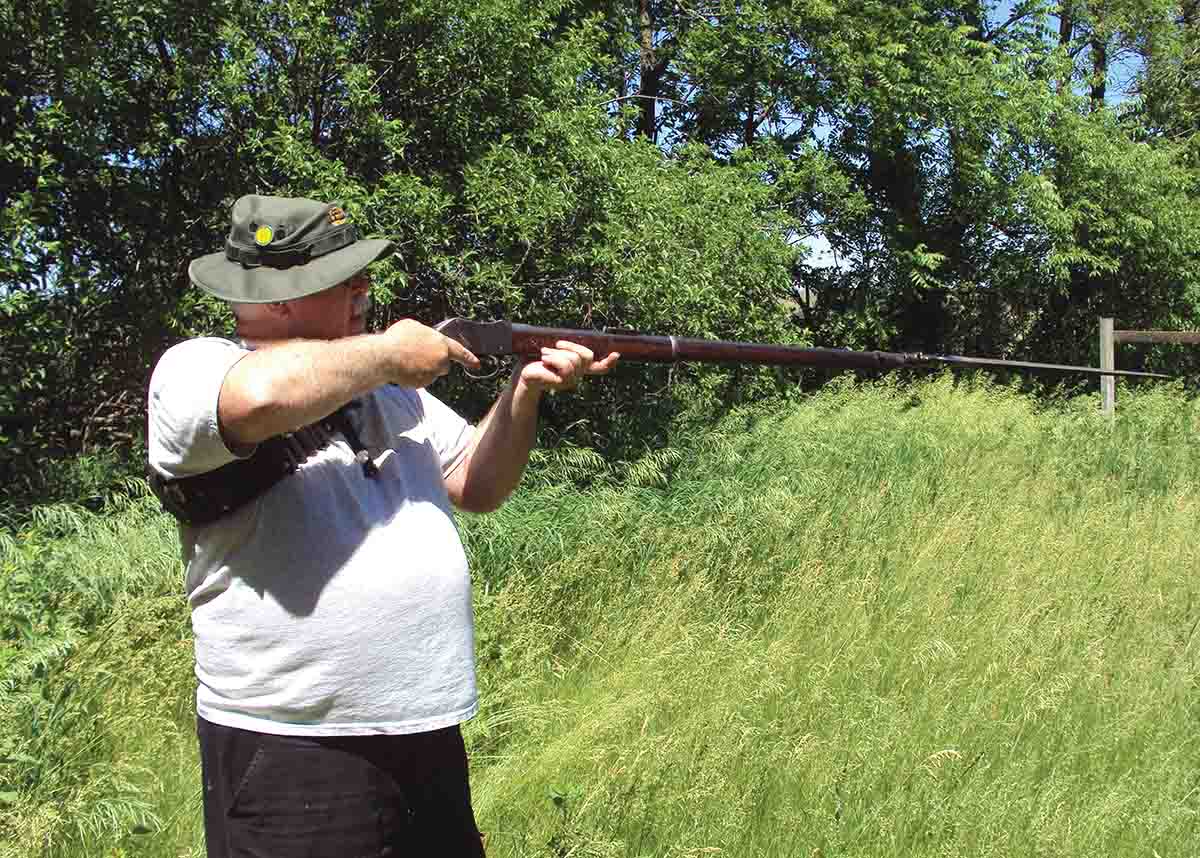
The first target on the left was shot without the bayonet. The right-hand target was next, but it was shot with the bayonet attached and the barrel was wiped out with two patches between firings. Do understand that I no longer am the good shot that I once was. Coupled with the fact that with the worn rear sight notch and a horrendous trigger pull, you will not see the handsome grouping on the targets that you do in other shooting articles. Still, upon examining the targets, the results surprised me. The five shots fired with the bayonet were a significant improvement over the shots fired without the “frog- sticker” and would obviously be the way to go in actual combat. With my curiosity satisfied, the whole experiment was declared a success.
After completing some more shooting, something cropped up that had not been considered at all; the bayonet was dismounted from the rifle and, as it was being returned to the scabbard, the blade was “blacker’n the ace of spades” with fouling – and covered pretty heavily, too!
It was cleaned then and there, but what a messy chore! Do yourself a favor, and remember to clean that bayonet if black powder cartridges were used, otherwise Old Man Rust will be paying you a call.


